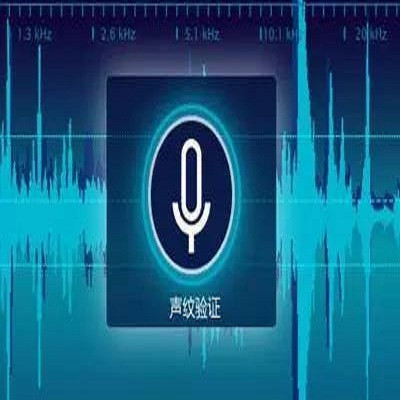Data augmentation (DA) has played a pivotal role in the success of deep speaker recognition. Current DA techniques primarily focus on speaker-preserving augmentation, which does not change the speaker trait of the speech and does not create new speakers. Recent research has shed light on the potential of speaker augmentation, which generates new speakers to enrich the training dataset. In this study, we delve into two speaker augmentation approaches: speed perturbation (SP) and vocal tract length perturbation (VTLP). Despite the empirical utilization of both methods, a comprehensive investigation into their efficacy is lacking. Our study, conducted using two public datasets, VoxCeleb and CN-Celeb, revealed that both SP and VTLP are proficient at generating new speakers, leading to significant performance improvements in speaker recognition. Furthermore, they exhibit distinct properties in sensitivity to perturbation factors and data complexity, hinting at the potential benefits of their fusion. Our research underscores the substantial potential of speaker augmentation, highlighting the importance of in-depth exploration and analysis.
翻译:暂无翻译



